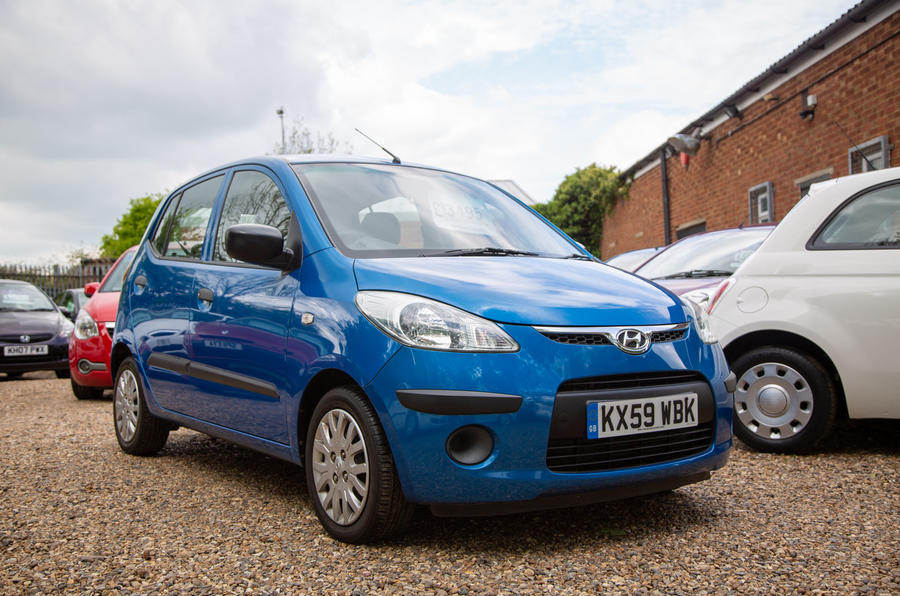The beginning of April 2009 was a pretty miserable time in the British car industry. The Lehman Brothers bank collapse in 2008 had triggered financial meltdown on a global scale. Other financial institutions were at risk of collapse and car buyers – both fleets and private – kept their chequebooks in their pockets.
As a result, car sales plummeted for a straight year. During the first three months of 2009, new car registrations were down by 30%. Total UK vehicle production was 57% lower than the year before. Showrooms were deserted and pens were poised over P45s.
No one could have predicted that just a month later – 10 years ago this week – several dealers would be forced to install ticketing systems to manage the crowds in showrooms.

The difference was scrappage, a scheme that was designed to keep the car industry afloat and get drivers to swap into less polluting, safer cars. It was controversial at the time and still causes resentment today. It propelled some manufacturers to stardom and sent nearly 400,000 cars, including some bona fide classics, to the crusher.
How did it come about? And what effect has the scheme had on the market since?
Convincing the government
The main proponent of the scheme was the Society of Motor Manufacturers and Traders, whose chief executive at the time was Paul Everitt. “Car sales were an important barometer of the economy and, month after month, registrations were going down,” he says. “There was a strong political will in Gordon Brown’s government to do something which would change the ‘weather’. The news talked of an impending financial collapse, and no one knew where the bottom was.”
Consequently, there were meetings organised between industry CEOs, the SMMT and the government’s business secretary, Peter Mandelson. The industry pointed to the successful scrappage scheme in Germany and put a case for how it could work here in the UK.









































Join the debate
Add your comment
Pot calling the kettle black.
As ever plenty of people claiming waste and con etc.
You're in government and you are faced with a similar crisis in the car industry - tell us what your solution for a quick fix would be or would you have preferred to let businesses go to the wall?
The only con I saw was marketing going in to overdrive and dealers making out the buyer was receiving some special deal when in fact the same deal was always there, scrappage or not. Dealers would just pocket the extra money without passing the saving on to the customer. But whatever the negatives were, the objective was met - it got punters buying cars.
I do have to laugh at the idea of consumerism being a bad thing tho - it's that very same consumerism that drives publications like Autocar which you've taken the time to read and comment on.
scotty5 wrote:
Brexit will be much worse for UK manufacturing, yet you think that’s a great idea? Go figure.
UK did not recover from the financial crash by importing 40k Hyundais from S Korea. That is a total fallacy.
Successful economies create wealth. That is the key.
The full horror...
...of the government folly can be seen on you tube from a drone perspective, someone seems to have had the parts from some rarities, some "classics" and oddities such as several 6 wheel drive range rovers etc. Well worth watching for a car enthusiasts.
Found them
My parents both bought one and I have found their scrappers on the list.